All the salmon in the world are gone
Salmon is a favorite of many foodies. From initially being afraid to eat it to becoming a must-have delicacy, this journey has also witnessed the growth of a generation of foodies. Today, I will take stock of salmon from around the world and delve into its past and present, the ins and outs of salmon. While enjoying the delicious food, you can also gain a more comprehensive understanding of the ingredients used, so that you can eat with confidence and peace of mind!
Norwegian salmon
Norwegian salmon, known as the "King of the Arctic Ocean," is highly sought after by chefs and gourmets worldwide. Its premium quality, delicate flavor, and consistent quality make it an excellent choice for sashimi. It's also used as an innovative ingredient in traditional Chinese dishes. Its unique flavor and alluring color form the foundation of culinary creations, providing confidence to chefs and stimulating the senses of consumers. Chefs worldwide—including those in China—have found that Norwegian salmon easily integrates with local flavors and techniques.
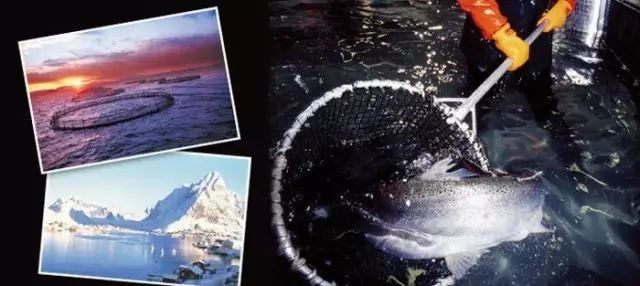
Norway is the most developed country in Europe, and Chile is the most developed country in Latin America. Norway produces 33% of the world's farmed salmon, while Chile produces 31%. British Columbia, Canada, is also a producer of farmed salmon. Both countries' coastlines offer ideal water temperatures and sheltered areas. Explore the world's finest ingredients and discover rare and delicious feasts. For more exciting content, please follow our WeChat official account: Chuying Cuisine. Both countries boast fjords, a north-south orientation, and a west-facing coastline, both endowed with abundant natural resources. Norway (and Finland) are located at the northernmost tip of Europe, while Chile (and Argentina) are located at the southernmost tip of the Americas.
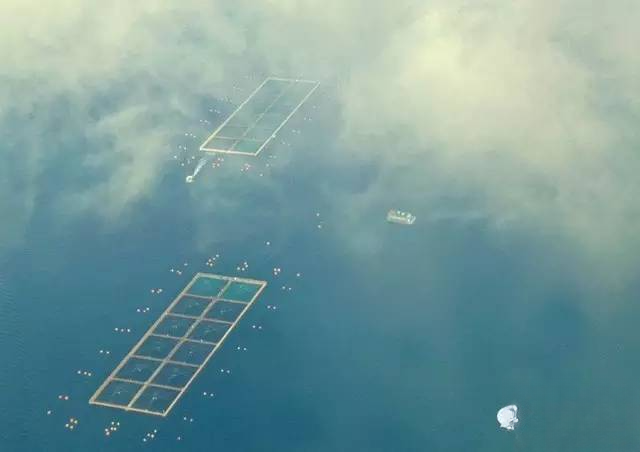
These processed Norwegian salmon are sent all over the world
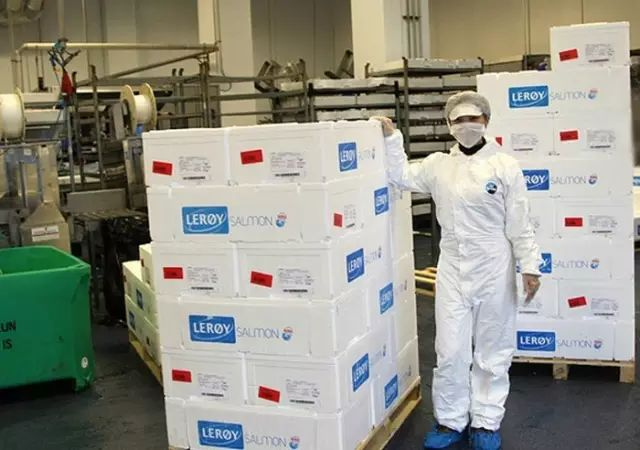
This label is the passport of this box of salmon, through which we can trace the production source and every step of the processing

These fresh salmon are just caught
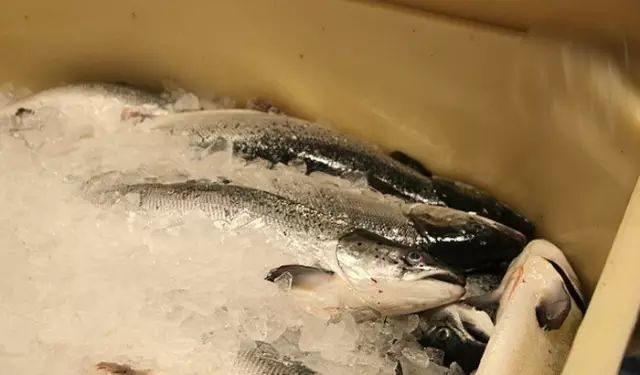
Norway is a country of stunning natural beauty. Its unique geographical environment is also an ideal habitat for high-quality fish. Norwegian salmon is exported in large quantities, but wild salmon cannot satisfy global demand. Most of the salmon we eat on the market is farmed.
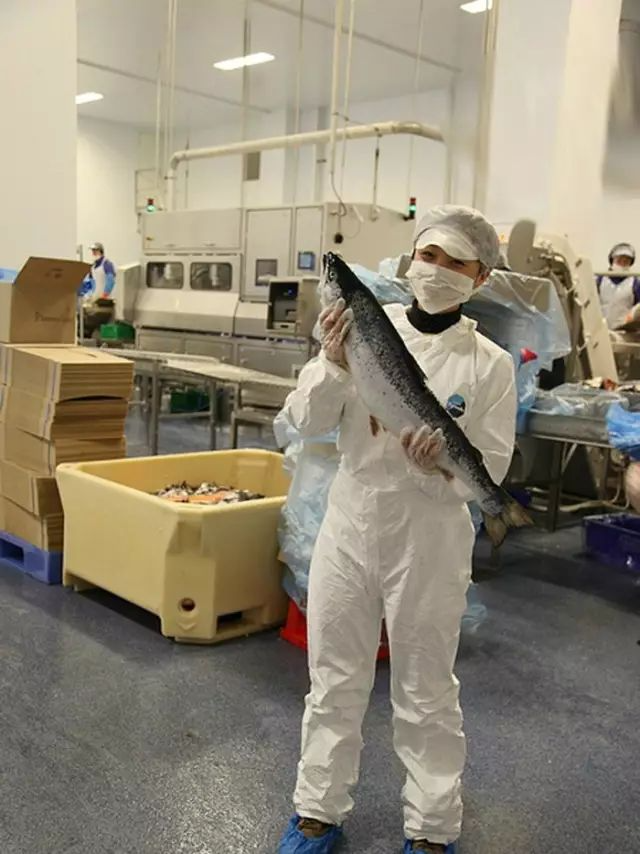
How to choose fresh Norwegian salmon
The fish meat is bright in color, firm in texture, without any blood or bruises, and the skin is smooth and not cloudy.
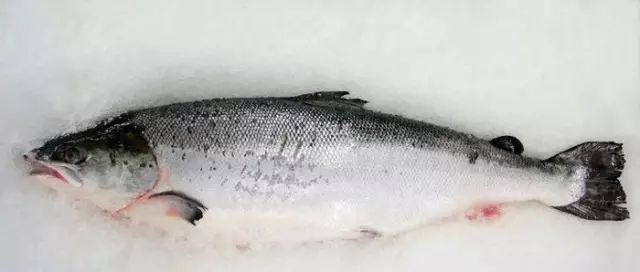
Fresh Norwegian salmon has orange-red flesh, with fat distributed like marble, clear eyes, and bright red gills.
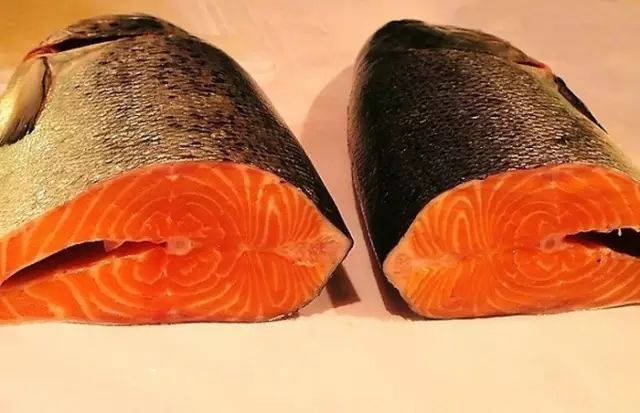
salmon sushi
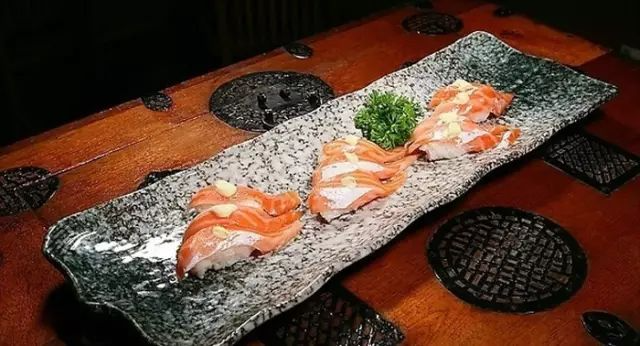
Salmon belly sashimi
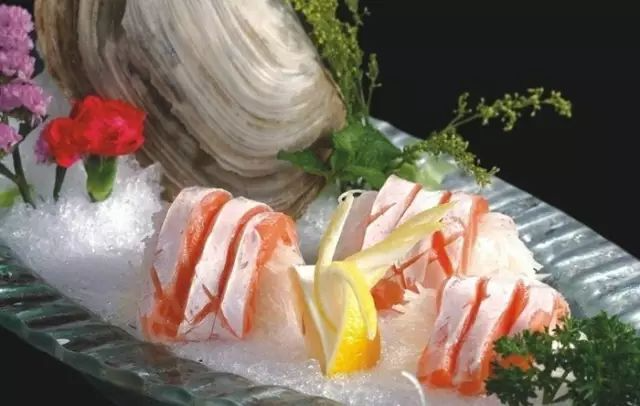
salmon balls
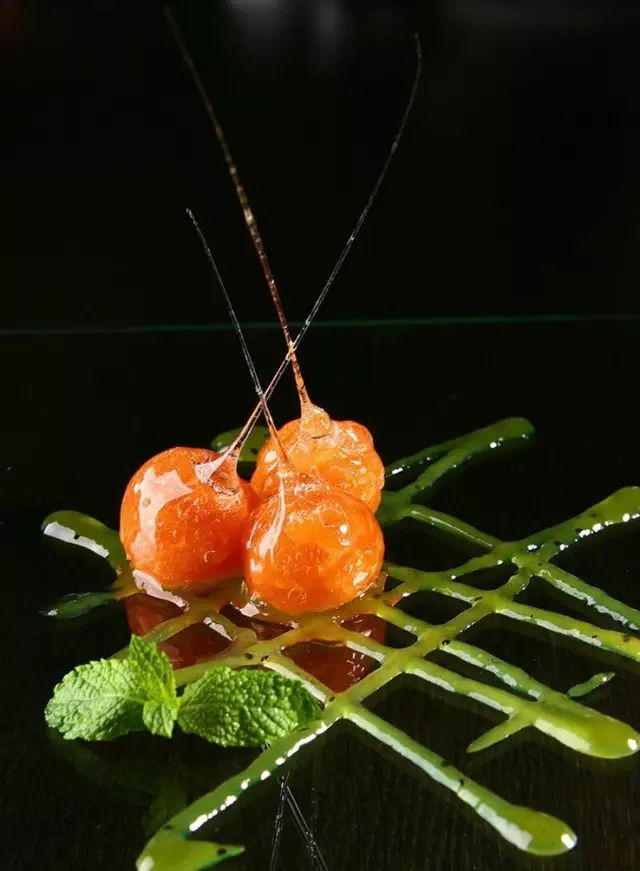
Norway is a country of stunning natural beauty: thousands of islands dot the coastline, the waters are cold and clear, and what were once Europe's highest peaks and mountain ranges now give way to the ocean's depths, creating incredible fjords and bays, making the Norwegian landscape exceptionally captivating. Norway's uniqueness lies not only in its stunning scenery: its unique geography and natural environment also provide an ideal environment for high-quality fishing. Norwegian fishing traditions date back to the Viking Age, and ancient techniques have been passed down to this day. While fishing has become increasingly high-tech, the people have always maintained a strong sense of environmental protection.
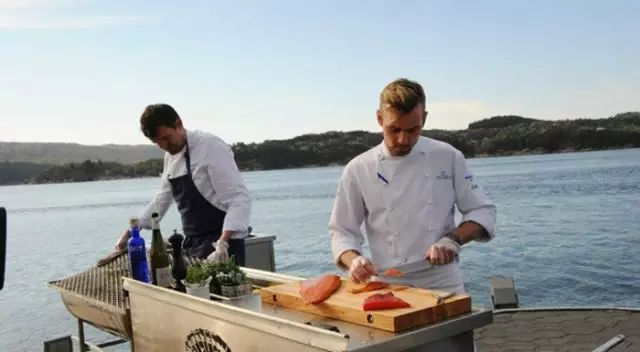
Salmon farming begins with the cultivation of eggs. Once the fry have grown into adult fish in freshwater, they can be released into seawater. It takes two years for salmon to grow from fry to adult in these cages. Each cage is raised in one location for two years before being moved to another location. This part of the Atlantic Ocean is very suitable for salmon growth. These cold-water fish will stop eating if the ambient temperature exceeds 16 degrees Celsius. The water temperature in this area is kept at around 8 degrees Celsius.

The two circular structures opposite are salmon farming pens. Beneath them are deep salmon cages. The left one is no longer in use. The right one, with seabirds flying around, is currently being used to farm salmon. The cage is 27 meters in diameter.

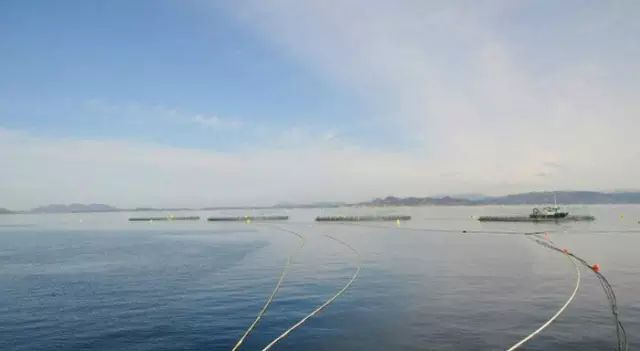
Going closer to the breeding enclosure, I saw a rotating feed dispenser in the middle, feeding the seabirds, who were also coming to share the delicious food.

This is fish feed, which contains natural ingredients, including small fish and shrimp, herring, sardines, blue haddock, shrimp, ground into powder, and omega-3 fish oil. The production of Norwegian fish feed is very advanced and professional. Many countries import salmon from Norway.
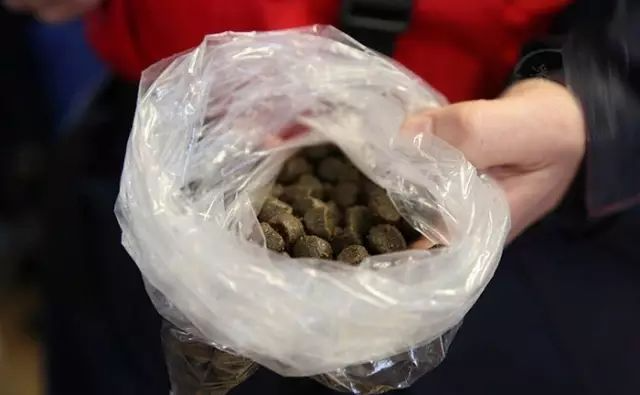
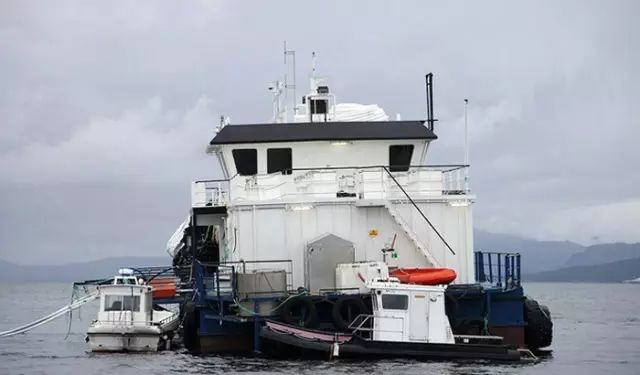
This cute little seal is not here to eat fish feed, it is here for the fat salmon. Don’t be fooled by its cute appearance now, it is a master at fishing.
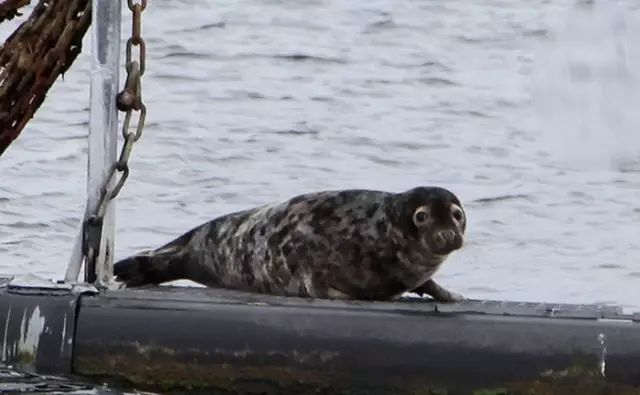
Salmon cutting method step 1: cut the fish head, use a V-shaped knife to cut off the fish head
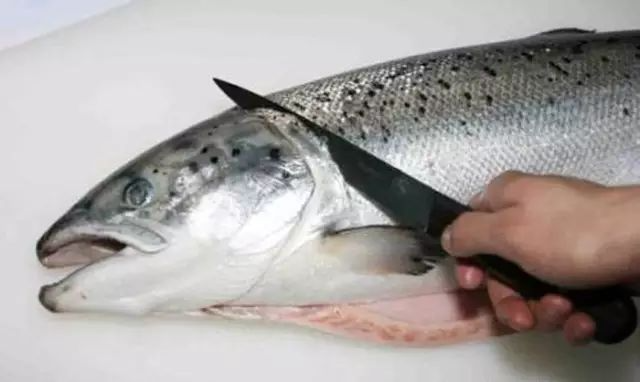
Fish head can be made into soup or steamed. The delicious milk soup has very good nutrition and taste.
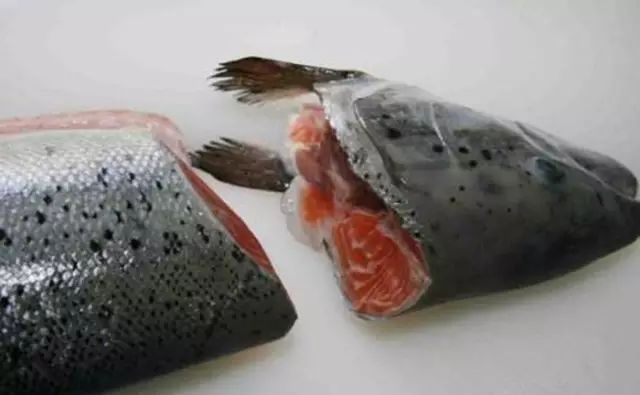
Step 2: Remove the two fish fillets close to the spine on both sides, using a flexible knife to cut them
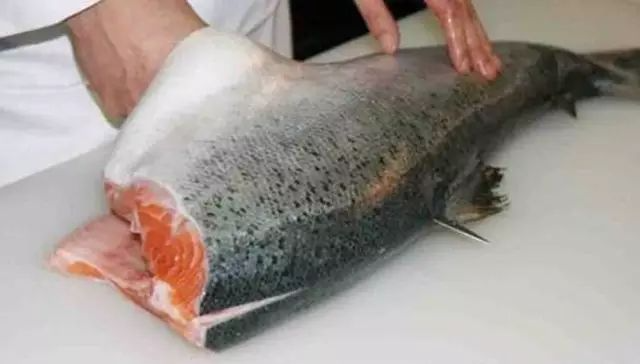
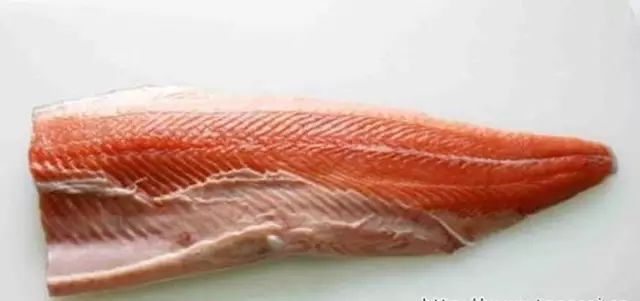
Step 3: Cut off the belly of the salmon and make soup, which is very delicious!
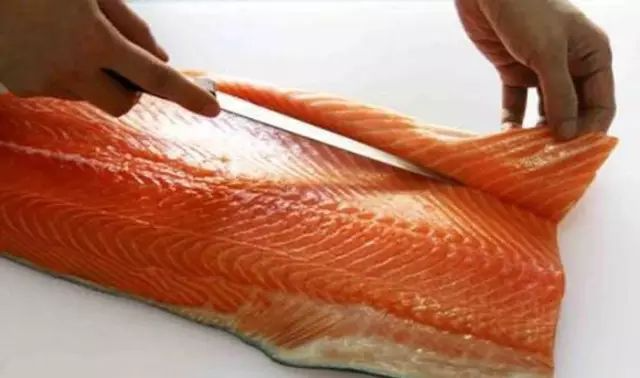
The complete fish fillet is out, and the next step is to do the detailed processing
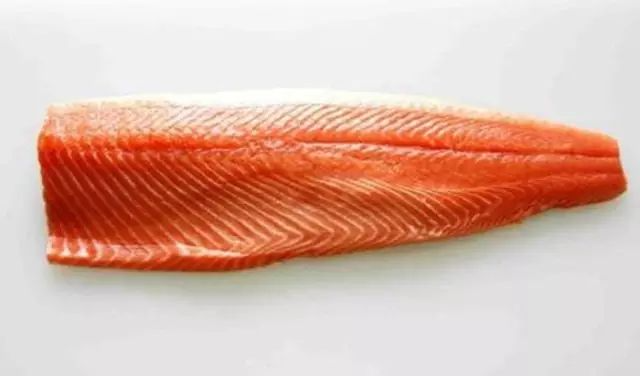
Step 4: Use tweezers to pull out the shark fins from the fish meat. Pull them out along the direction of the fish fillets. There are about 30 fins on each side.
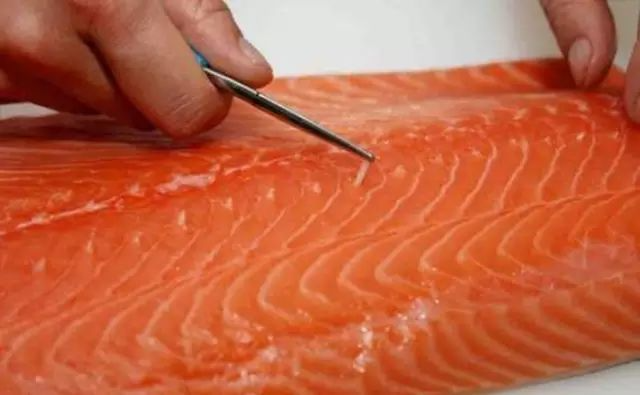
Step 5: Remove the skin. Use a push-pull technique to separate the skin. The skin can be used to make fried dishes.
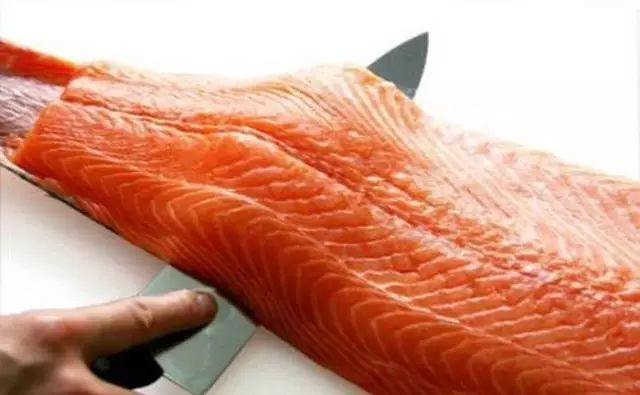
The front part of the fish fillet is fried or grilled. The middle part of the fish fillet is used for sashimi and sushi. The tail part of the fish fillet is used for stir-fry and soup.

Norwegian chef demonstrates salmon cooking
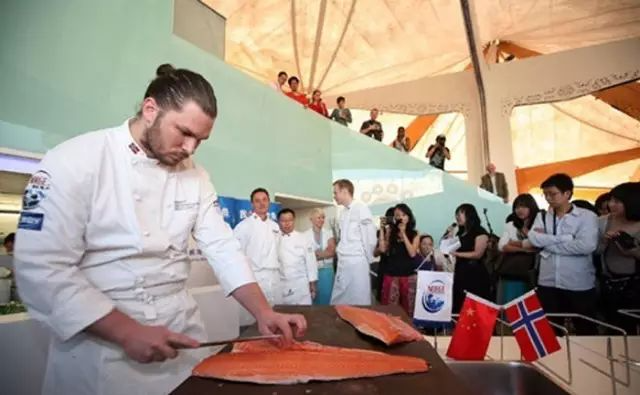
Slow-cooked salmon
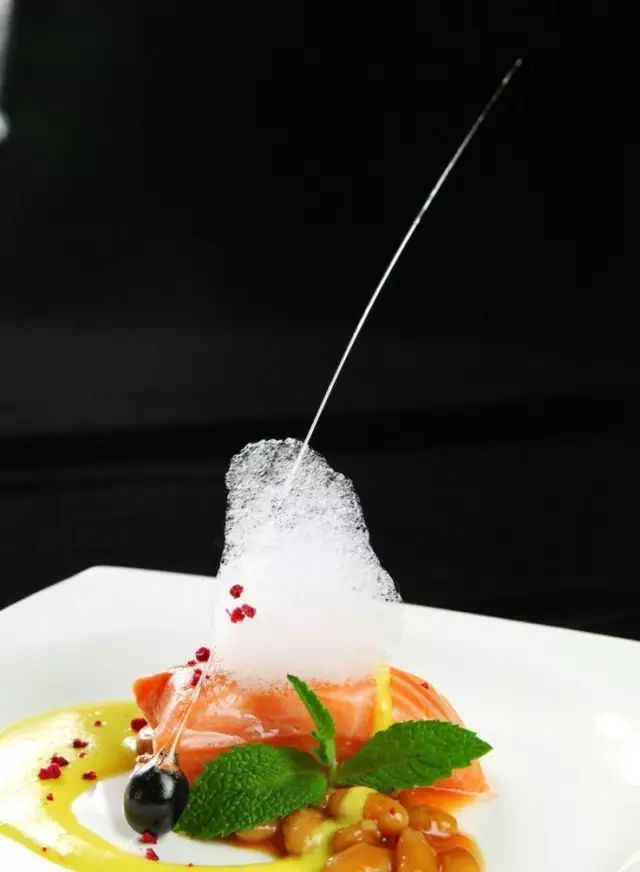
Top salmon: Salmon
The Japanese love salmon, and their understanding of the fish is more profound than in other regions. Their criteria for judging the quality of salmon go beyond rigid knowledge and rise to a level of intuition, tracing back to the individual salmon's past and present lives. As we all know, salmon migrate upstream, spawning in streams upstream of freshwater rivers. Juveniles spend two to three years in freshwater before migrating to the sea, where they spend a year or several more until they reach sexual maturity. Then, they flock together for long-distance migrations, returning to their birthplace through river estuaries and into freshwater, to spawn. The long journey, spawning, and protecting the eggs are extremely physically and mentally taxing. At the end of the process, those fish that have succumbed to illness, fatigue, injury, or starvation face death. The lucky few who remain have the opportunity to return to the ocean and await their next reincarnation.

A brown bear waits for spawning salmon at McNeil Falls in coastal Alaska.
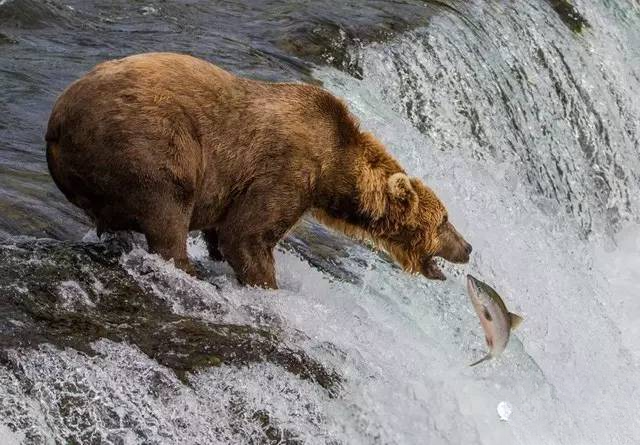
In addition to brown bears, seals also wait at the mouth of the sea to open their mouths and wait.

Bears are extremely territorial animals. Normally, if another bear is in their territory, they will defend it to the death. However, the annual salmon migration feast miraculously allows these territories to gather together, coexist peacefully, and enjoy this God-given feast together.
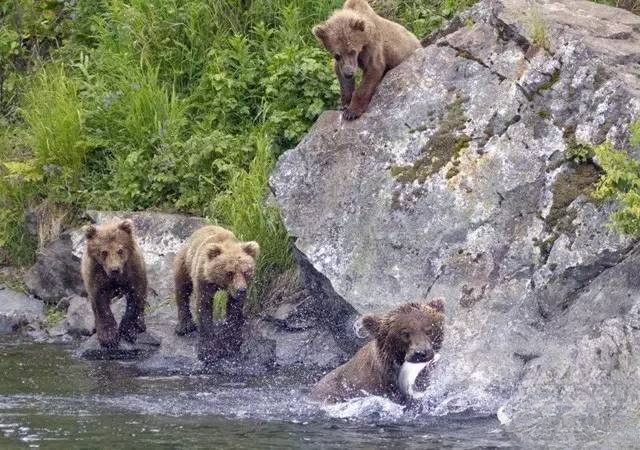
Salmon tirelessly migrate hundreds or even tens of thousands of kilometers back to their native inland freshwater streams, risking their lives to reproduce endlessly. Their tragic and miraculous life cycle commands awe even from humans.
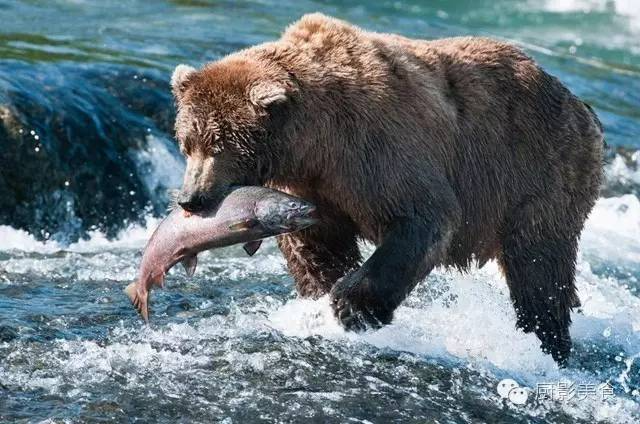
There is also a powerful air force waiting for a long time.

Fighting against the current, the salmon's silvery-white bodies gradually turn scarlet during their migration. This is said to be due to the excessive force, which ruptures blood vessels and soaks their skin with crimson blood. Upon reaching their birthplace, they complete their final upstream migration. In the clear waters and gravel-and-pebble-strewn riverbeds of their former habitat, they begin spawning and fertilizing their own eggs in pairs, fiercely competing for the best and safest spawning sites. After spawning and fertilizing, exhausted, the salmon quietly rest in their home stream, slowly waiting to die, completing their miraculous yet tragic life cycle.
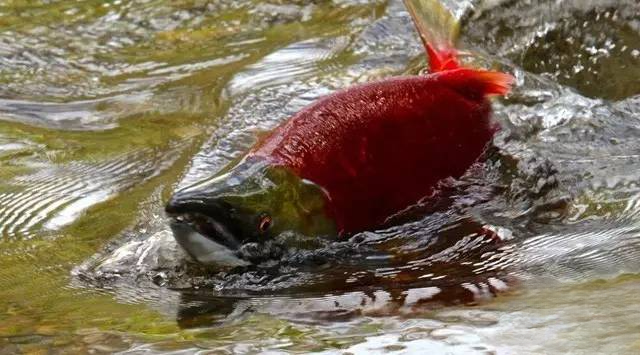
Salmon return home in droves to spawn, overcoming all difficulties and never looking back, even at the risk of their lives.
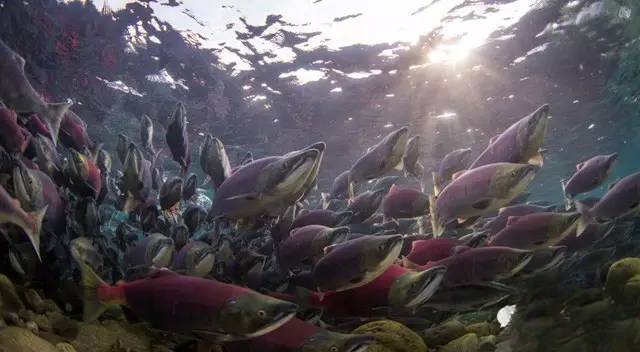
Therefore, the worst-quality salmon are those that have already spawned, exhausted and waiting to die. The next level up is those that have arrived at their destination but haven't yet spawned. The next level up is those caught at the mouth of a river, having just entered freshwater and already depleted. The next level up is the salmon still out in the open sea, preparing to return home in large groups, their strength and vitality are at full capacity. This is also the best-quality salmon that humans can catch. The ultimate salmon is the smolt salmon, but the smolt salmon is a truly exceptional product that is hard to come by, even with money.
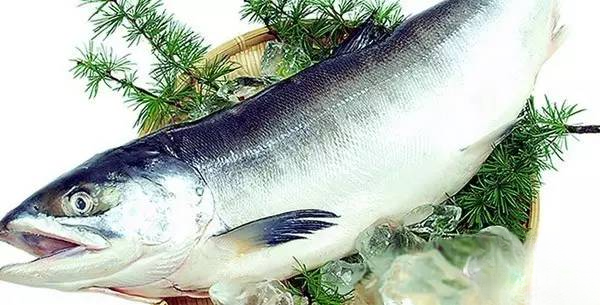
Because the best, most exceptional salmon aren't among the returning fish. They don't follow the laws of migration, but rather wander freely, following their hearts and minds. They never follow the current, but wander the world on their own. They are the "unseasonal salmon," with the most delicious meat. Even a tiny salmon has evolved this unique, independent "fish personality," truly living up to the gift of nature. Explore the world's finest ingredients and discover rare and delicious feasts. For more exciting content, follow our WeChat official account: Chuying Food. They don't join the vast migration, but consciously choose to wander, freely roaming rivers, lakes, and seas. They don't have to travel day and night, fight for their lives with brown bears, or exhaust themselves to the point of death in the struggle to pass on their lineage. Living a free and happy life, this is the secret of the delicious meat of "Occasionally Salmon"; being a loner and erratic, this is why "Occasionally Salmon" is so valuable and in short supply that it is called "red gold".
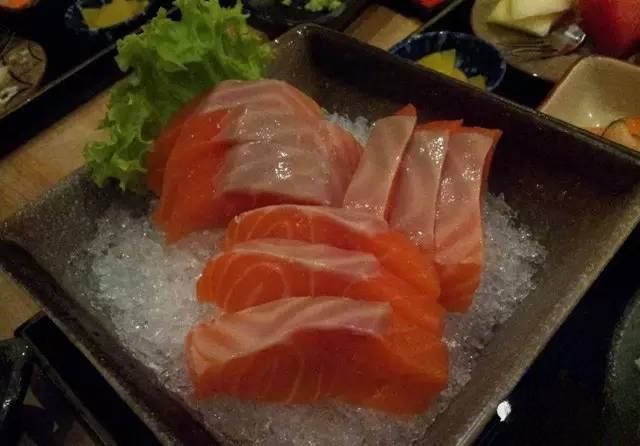
New Zealand salmon
New Zealand is home to the world's highest-altitude salmon farm, Rakaia, which is the salmon capital of New Zealand. New Zealand is a world leader in alpine salmon.

Chilean salmon
A real-life view of a salmon farming base in the Chilean fjords. Salmon farming has become a pillar industry in Chile. No other fish has ever been as successful as salmon. This originally cold-water Atlantic salmon has even crossed the equatorial thermal barrier and occupied the fjords of Australia and Chile.

Salmon is one of the world-famous "three treasures" of Chilean aquatic products
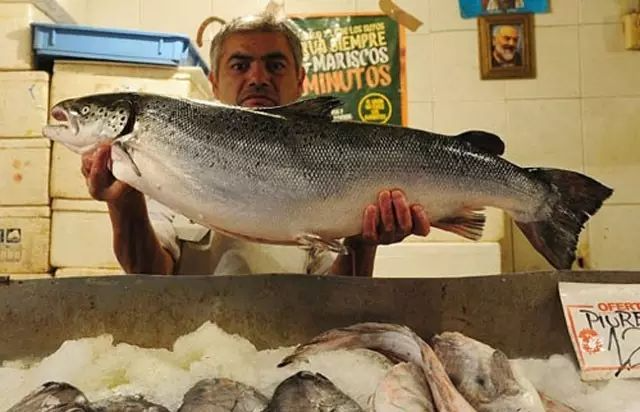
Alaskan salmon
Bristol Bay, Alaska. Alaskan salmon, caught in the cold Alaskan waters below 400 meters, is a wild species that contains many essential amino acids. Compared to the tender texture of farmed Norwegian salmon, Alaskan salmon has a firmer texture, a higher and richer nutritional value, a milder flavor, and a lower fat content, making it particularly suitable for pan-frying, deep-frying, steaming, and boiling.
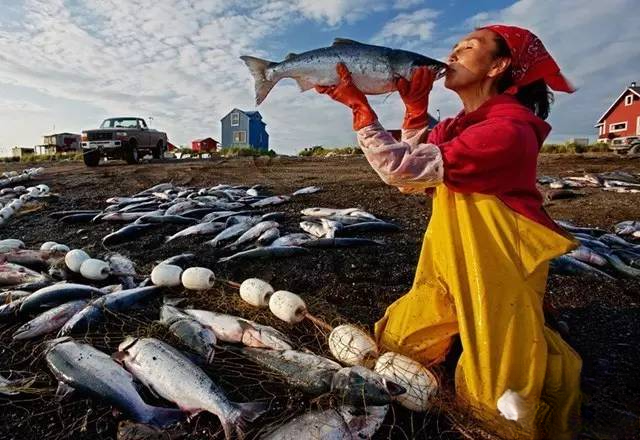
There are four types of salmon in Alaska: King or Chinook Salmon, Silver or Coho Salmon, Red or Sockeye Salmon, and Pink Salmon. King Salmon is the largest and most popular salmon in the United States.
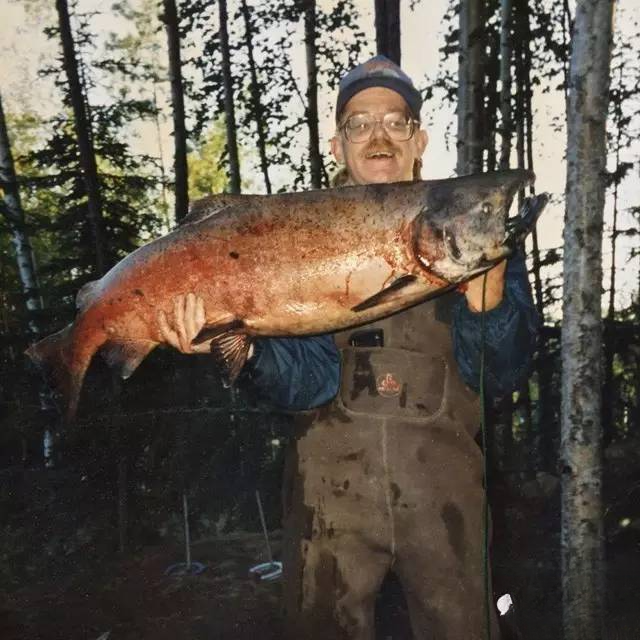
Alaska King Salmon
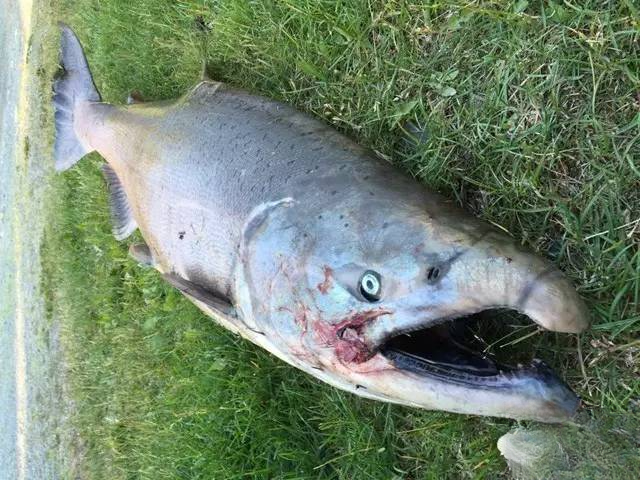
The King Salmon is cut into distinct layers, melts in your mouth, and is incredibly delicious. King Salmon contains the highest amount of natural fish oil, making its meat tender, full-bodied, and flavorful.
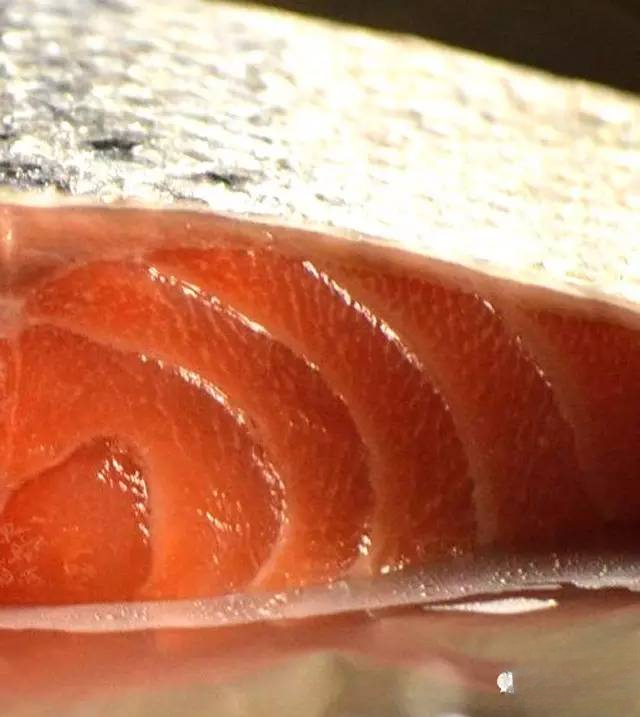
On Kodiak Island, Alaska's Emerald Isle town, Kodiak Harbor is a large fishing port, especially rich in salmon fishing resources.
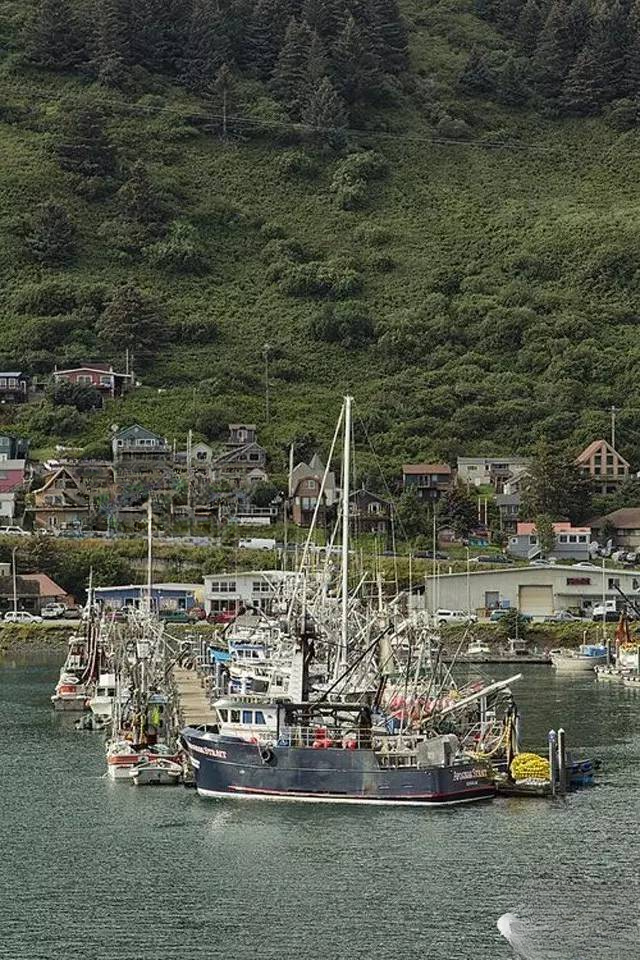
Kodiak Port, Alaska

Hokkaido coho salmon
Hokkaido Coho Salmon, also known as Hokkaido Silver Salmon, is a high-quality, wild-caught deep-sea fish belonging to the subfamily Salmoninae. It is a migratory fish found primarily along the Pacific coast, from the Gulf of Chamalu, Mexico, to Point Hope, Alaska, through the Aleutian Islands, and from the Andy River in the United States to southern Hokkaido, Japan. Hokkaido's pristine waters make the fresh, tender, and smooth taste of Coho Salmon caught there a truly worthwhile experience.
Typically, larger salmon are more abundant and therefore more expensive. However, this isn't the case with coho salmon. The Japanese market prefers fish weighing 2-3 kg, the ideal size for supermarket sales. Coho salmon weighing 3-4 kg are larger and therefore command a lower price.
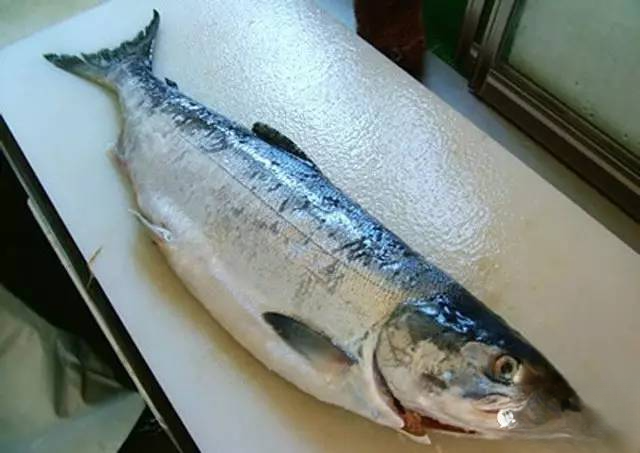
The picture shows a coho salmon in a fish farm in Hokkaido, Japan. Coho salmon are mainly wild, with a small amount farmed (only in Chile and Japan). The average body length is 71cm.
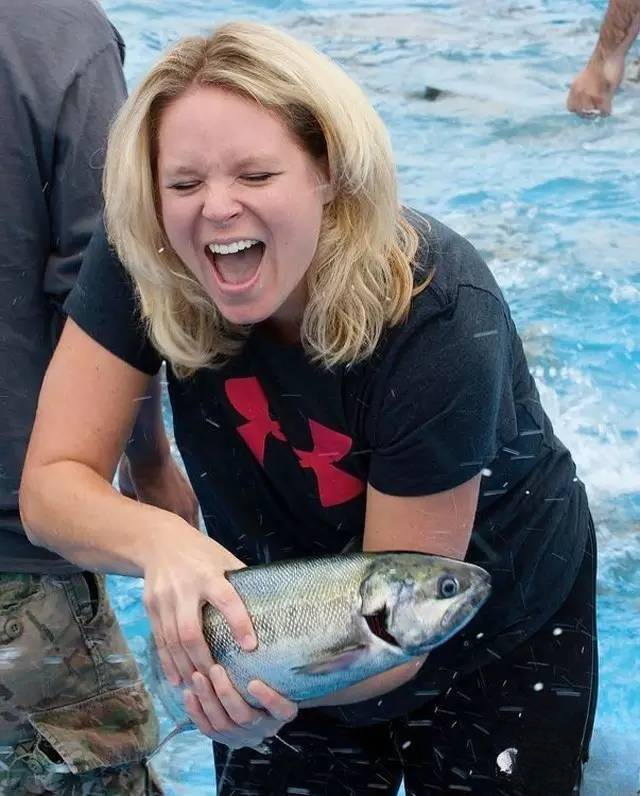
Alaskan pink salmon
The picture shows pink salmon, which are only caught wild and not farmed. They average 50 cm in length. Pink salmon can be caught throughout Alaskan waters, from southeastern Alaska to Norton Sound in the Bering Sea. The largest catch occurs in southeastern Alaska, around Prince William Sound and Kodiak Island. Most pink salmon are caught in late summer, primarily in July and August.

King salmon
English name: KING SALMON. Not all salmon qualify as King Salmon. King salmon is the top-tier salmon species, boasting a unique meat structure and containing significantly higher levels of natural fish oil, particularly omega oils, than other salmon. King salmon is highly sensitive to its environment, with stringent requirements for water quality and temperature. As a result, King salmon is extremely rare and primarily farmed. Despite this, New Zealand King salmon can be considered the pinnacle of salmon. Of all salmon, King salmon has the highest concentration of natural fish oil, resulting in tender meat, a full texture, and a rich, delicious flavor.
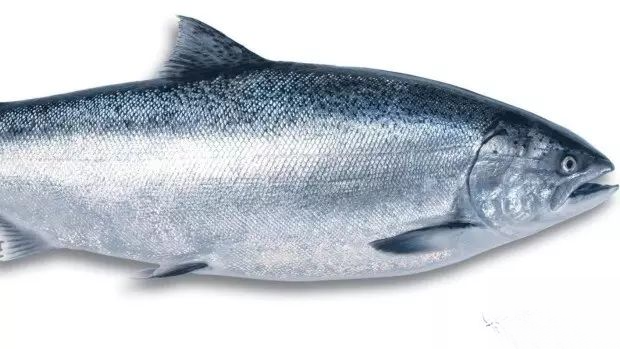
The picture shows a New Zealand King salmon farm. New Zealand salmon is always special. The plump and delicate King salmon is raised in the natural fisheries of Stewart Island on the South Island. Stewart Island is a volcanic island in the southern part of New Zealand. It is located in the South Pacific Ocean, 32 kilometers south of the South Island, across the Foveaux Strait from the South Island.

New Zealand King Salmon Sashimi

King salmon is distinctive for its bright silvery-white skin and plump, rounded midsection. Compared to regular salmon, its rounder body allows for larger, more attractive fillets. Its thicker belly and shorter tail make it more valuable and easier to cook. King salmon's scales are delicate and often melt during cooking, making it unnecessary to remove the scales and skin during cooking. The skin, when grilled, creates a crispy, fragrant aroma and a delicious flavor. The refreshing orange flesh, interspersed with rich white fat patterns, creates a striking contrast, making it an ideal addition to sashimi platters or salmon tartare. King salmon is primarily wild-caught, with a limited presence of farmed salmon (only found in Canada, New Zealand, and Chile). The average length is approximately 70 cm, and the whole fish weighs around 5 kg.
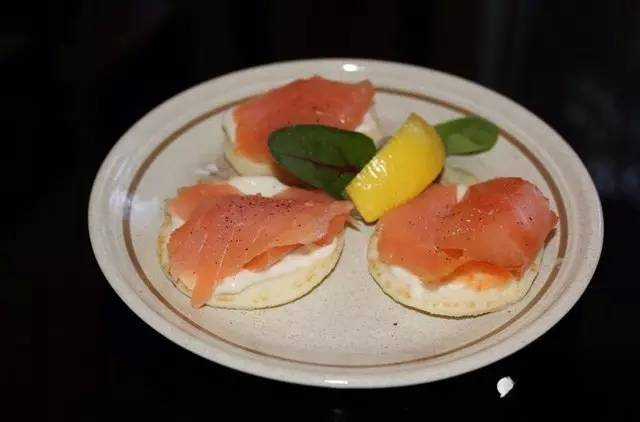
Golden Trout
Golden trout (not the rainbow trout variant, which is found only in a few areas of the western United States and is designated the state fish of California) refers to rainbow trout (including steelhead trout), Indian trout, Masu trout (mountain trout), and Emma trout. The latter two species of salmon are found only in Asian waters.
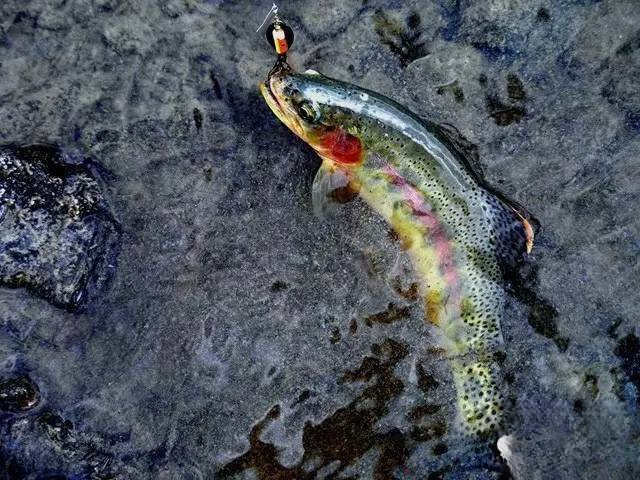
Rainbow
Rainbow trout, also known as rainbow trout, inhabit lakes and rapids and boast a vibrant coloration. Its body is covered in small black spots and has a red band along its sides, resembling a rainbow, hence the name "rainbow trout." Rainbow trout are cold-water fish with tender, fresh, and refreshing meat. Rainbow trout should never be eaten raw. Explore the world's top ingredients and discover rare and delicious feasts. For more exciting content, please follow our WeChat official account: Chuying Food. Rainbow trout meat is not as fatty and tender as salmon, so it must be sliced very thinly, otherwise it will be difficult to chew. Salmon, on the other hand, is typically cut into chunks or strips for sashimi. Not only do restaurants in China use rainbow trout to impersonate salmon, but supermarkets also often sell salmon meat and products in the same manner. The reason is simple: rainbow trout is much cheaper than salmon. While the two fish are easily distinguishable in appearance, rainbow trout meat dyed with feed can be so convincing that even aquaculture experts might not be able to tell the difference simply by looking at the meat.
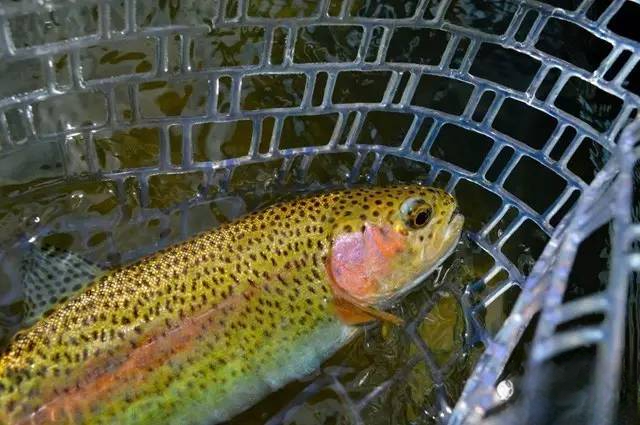
Salmon can be prepared in many ways, not just as sashimi but also as sushi. This is one of the best sushi rolls I've had in Las Vegas. The salmon roll is topped with hamachi, sliced lemon, masako, and Japanese soy sauce, creating a delicious combination.

The essence of salmon is its belly, known as "torō" in Japanese. Because the belly contains fat and is highly flavorful, salmon belly sashimi is typically more expensive than salmon fillet sashimi from other parts of the fish.

In addition to being made into sashimi and sushi, smoked salmon can also be made, which is one of the main ways to prepare salmon. The picture shows a smoked salmon seller in the Bergen market in Norway.
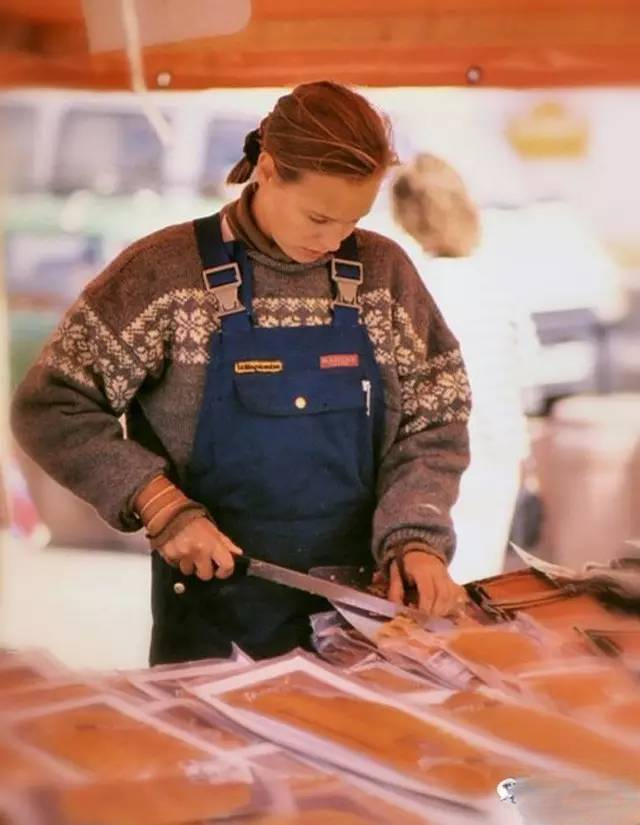
Alaskan air-dried salmon
In Fairbanks, Alaska, local fishermen prepare air-dried salmon. The air-dried salmon, which has a chewy texture, is simply steamed with red wine. It's a unique dish rarely used in this area.
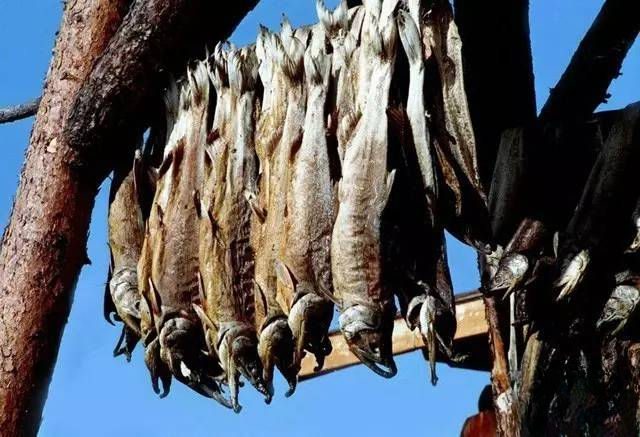
For foodies who don’t like sashimi but really want to taste the delicious salmon, this air-dried salmon is definitely a rare delicacy.
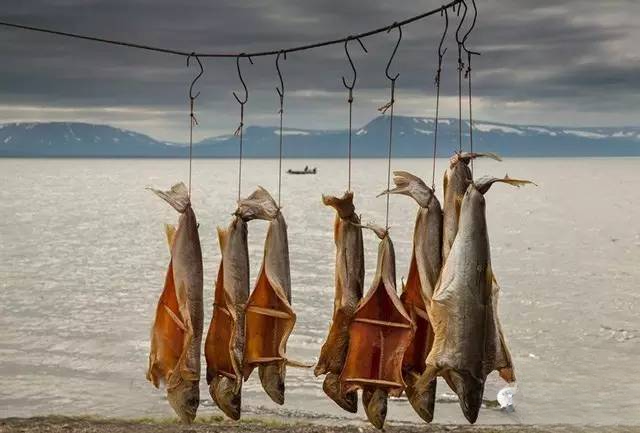
In Alaska, a grandmother showed me she was cutting wind-blown salmon, which, for her, is the traditional way of preparing salmon.
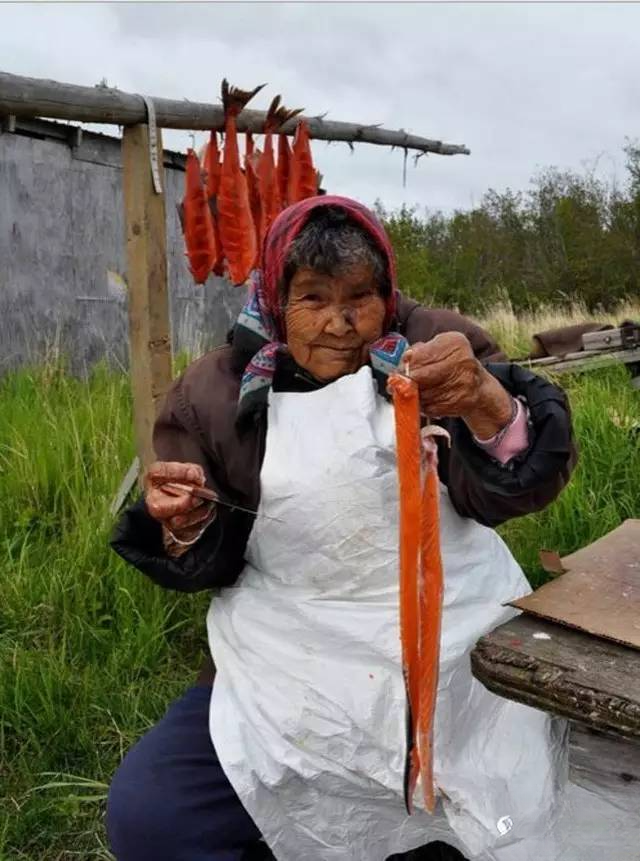
The charcoal smoked salmon looks so appetizing.
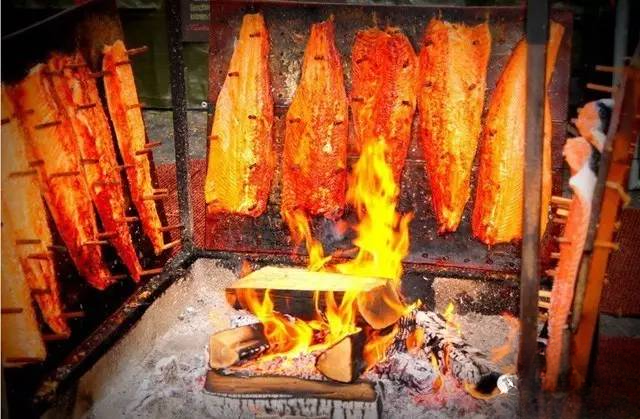
I tried making a grilled fish dish with Alaskan sockeye salmon. After scoring the fish meat, I marinated it with lemon, mountain pepper, old vinegar, and red wine for 1 hour.

Then, during the grilling process, I added 10 slices of fresh lemon to enhance the flavor and remove the fishy smell. Eight minutes later, a unique delicacy appeared before me. Appetizing, spicy, and delicious.
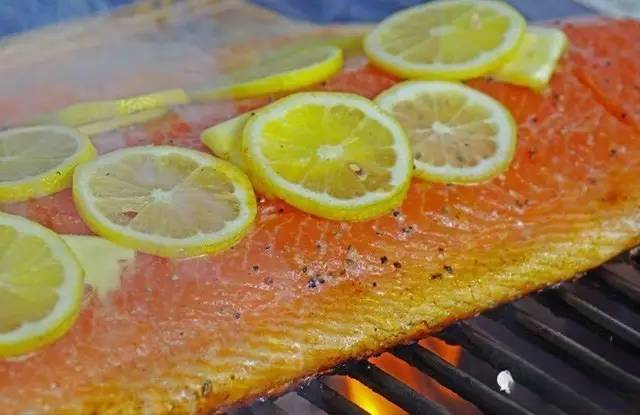
Alaskan Chinook salmon
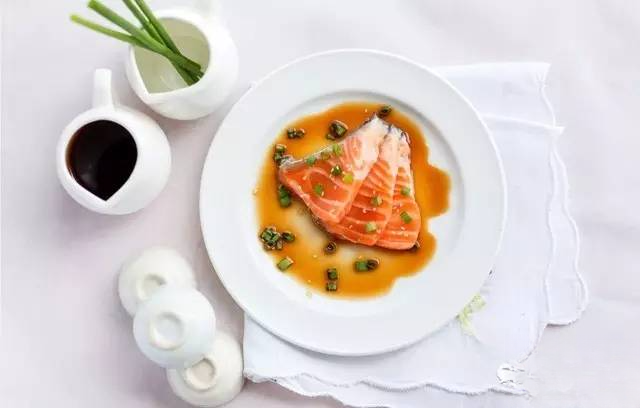
salmon roe
Salmon roe is fish eggs, the egg that produces small fish. Because salmon roe contains a high amount of natural astaxanthin, it is considered to be more nutritious. The crystal-clear salmon roe is universally loved, and the plump, orange-red "pearls" are mouth-watering. At Japan's Tsukiji Fish Market, a chef showcases the most expensive king salmon roe sushi, made with rice, nori, and king salmon roe.

Salmon roe is divided into three grades according to diameter. The larger the size, the more expensive it is.
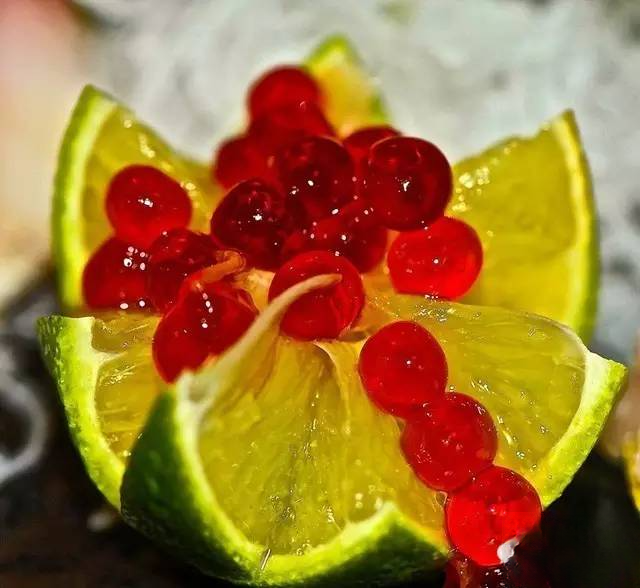
Salmon rolls with fish roe
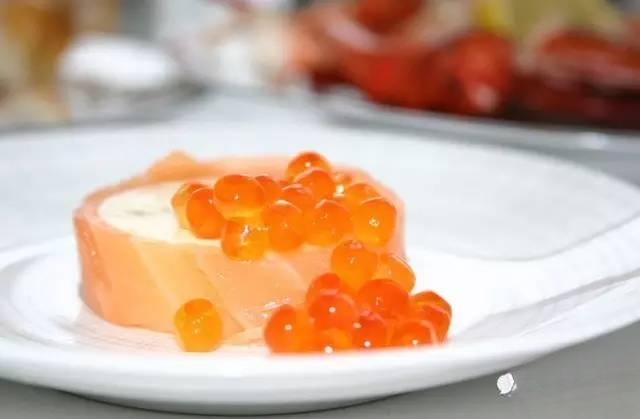
Baikal whitefish
Incidentally, the stunningly beautiful Lake Baikal was once part of our country's territory, but now belongs to Russia. Historically, Lake Baikal has long been part of Russia's territory. It is the world's oldest lake and the seventh largest. Its crescent-shaped shape was once a major activity area for ancient northern nomadic peoples, and it was also the site where Su Wu grazed sheep during the Han Dynasty. The lake is rich in flora and fauna. Its water quality is excellent, with clarity reaching depths of 40.5 meters, earning it the nickname "The Bright Eyes of Siberia." In 2015, Lake Baikal held a total volume of 23.6 trillion cubic meters, with its deepest point reaching 1,637 meters. It holds approximately 20% of the Earth's total freshwater reserves, equivalent to the combined volume of the Great Lakes of North America and exceeding the volume of the entire Baltic Sea, making it the world's largest freshwater lake. With abundant sunshine and over 300 hot springs, it is the largest health resort in eastern Russia. It was listed on the World Heritage List in 1996.
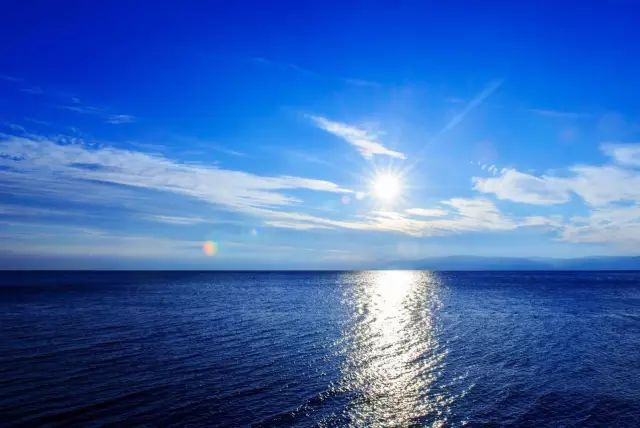
The photo below shows beach seine fishing for whitebait. Whitebait, also known as concave-eyed whitefish, is a species of ray-finned fish in the Salmonidae family. It is a major commercial fish species in Lake Baikal and is known as the "Lake Baikal delicacy." This fish is found in parts of Siberia, Russia, within the Arctic Circle, as well as in Alaska, Canada, the United Kingdom, Ireland, and has been introduced to Kazakhstan and the Czech Republic.
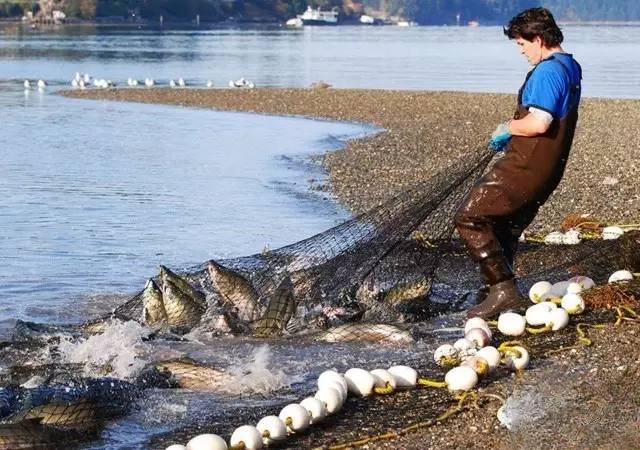
Creative salmon sashimi, topped with olive oil, a drizzle of mustard, and teriyaki sauce, is irresistibly delicious! A few simple steps will make a sophisticated foodie's dream come true.
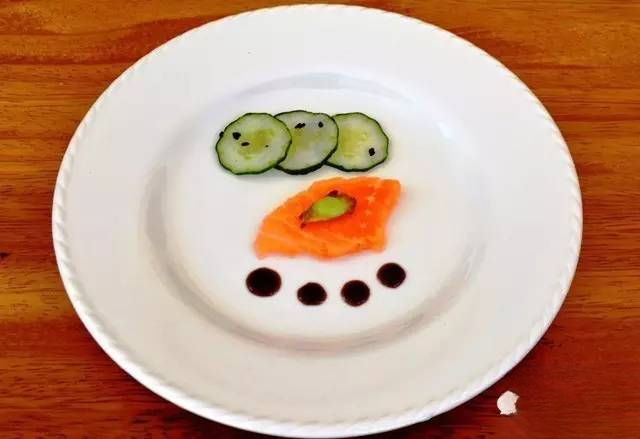
British salmon
British salmon also has a certain market in the United States. British salmon is produced in the Shetland Islands of Scotland.
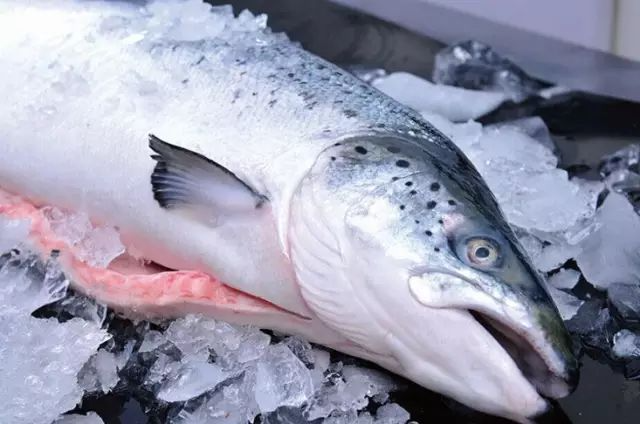
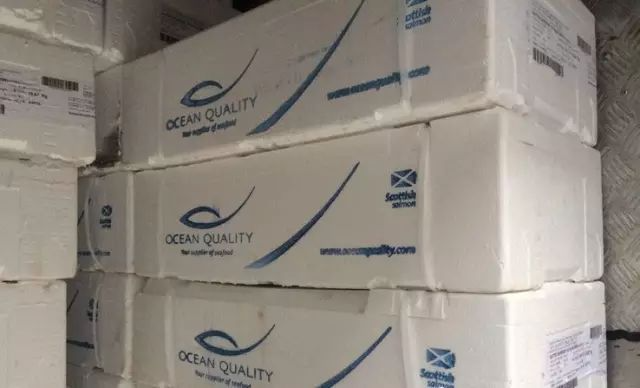
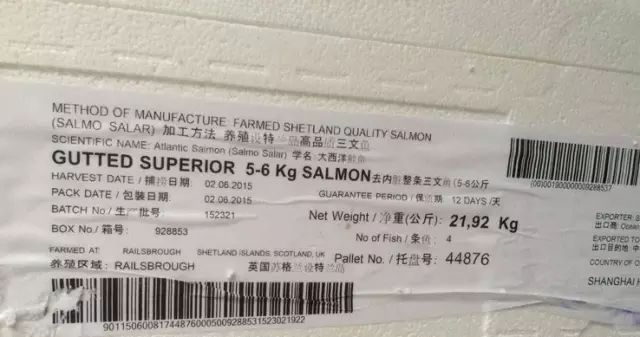
Appreciation of salmon dishes
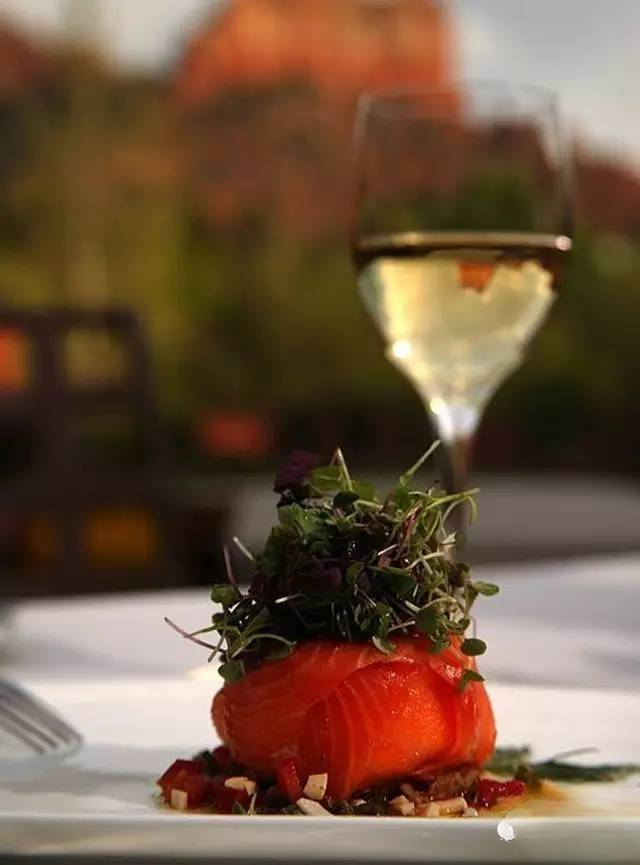
Tips for eating salmon safely
Farmed salmon can be eaten raw, but it needs to be frozen before filleting to kill any Anisakid larvae that may be present in the fish. The EU stipulates that seafood must be frozen at -20°C for 24 hours before being released, while the US Food and Drug Administration recommends seven days (or 15 hours at -35°C). Currently, salmon products are a mixed bag, with salmon imported from multiple countries and regions, and also mixed with domestically produced salmon (actually, rainbow trout, farmed in freshwater). Domestic rainbow trout is generally concentrated in Yunnan, Sichuan, and other places. Therefore, for safety reasons, it's best to consume them with caution.
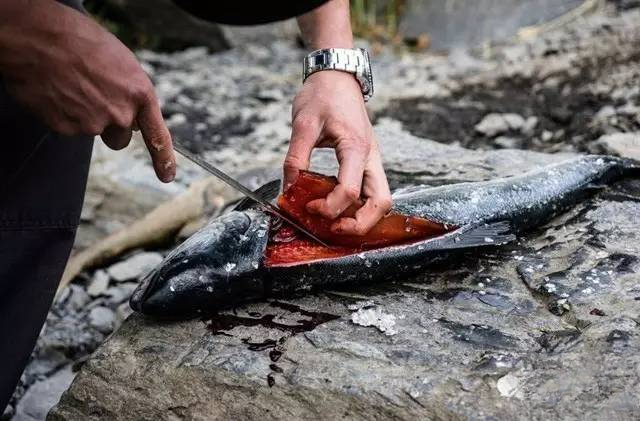
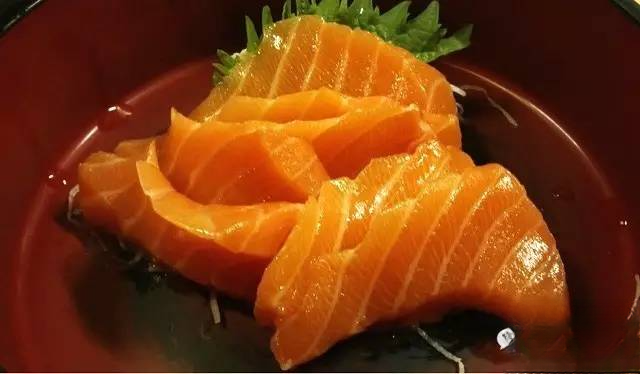
Salmon from various countries around the world is available in the market, including Norway, Chile, New Zealand, Canada, Denmark, Alaska, Japan, and Scotland. However, due to insufficient market transparency and regulation, some businesses frequently engage in fraudulent practices, such as substituting inferior products for superior ones. Therefore, foodies should be vigilant in distinguishing good from bad when purchasing.
This article was edited by Chuying Food.